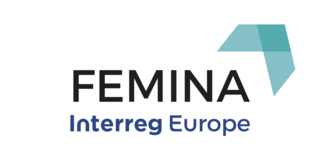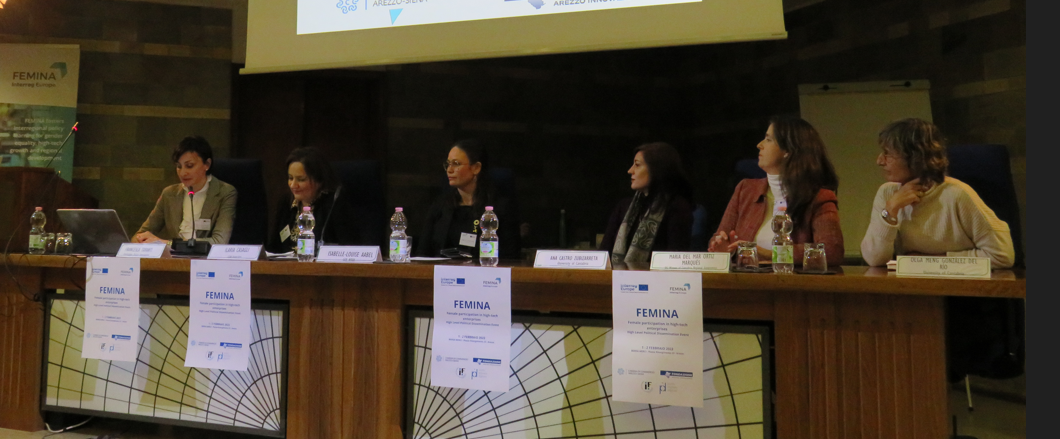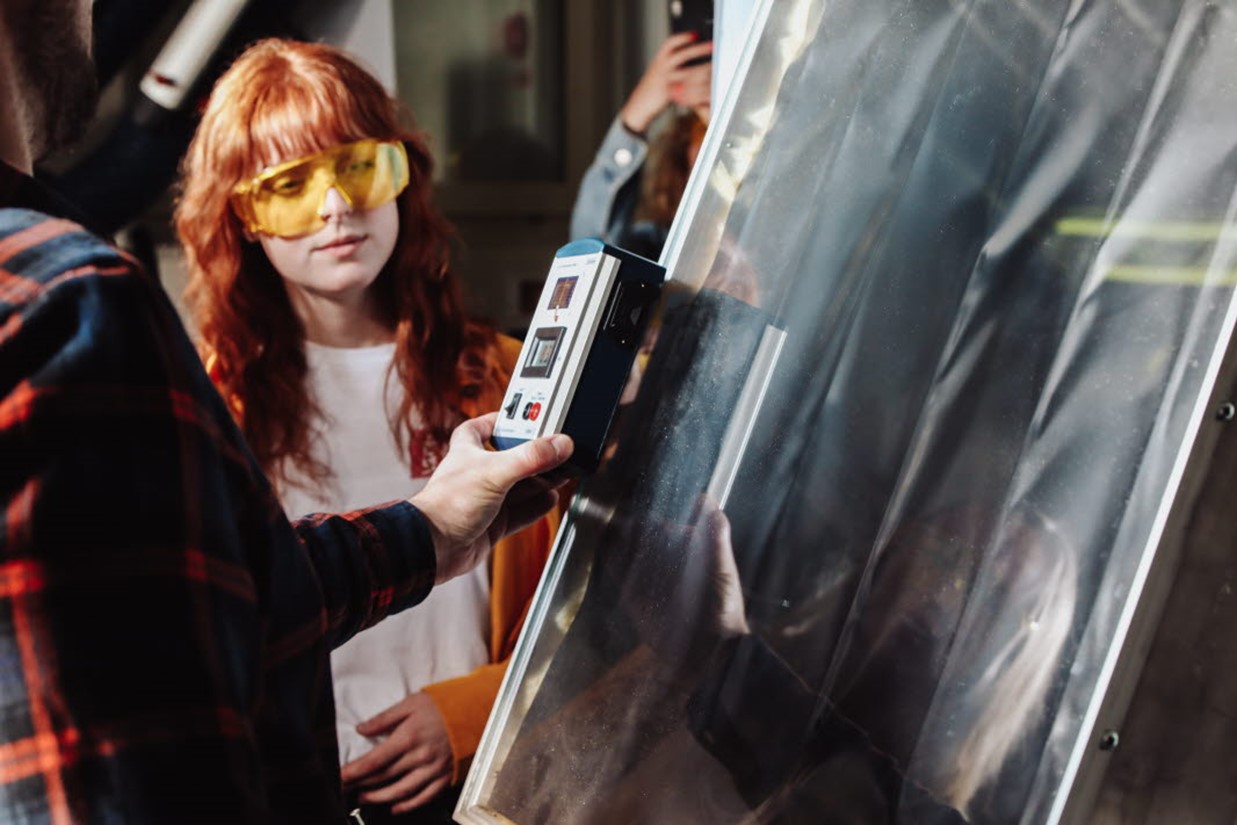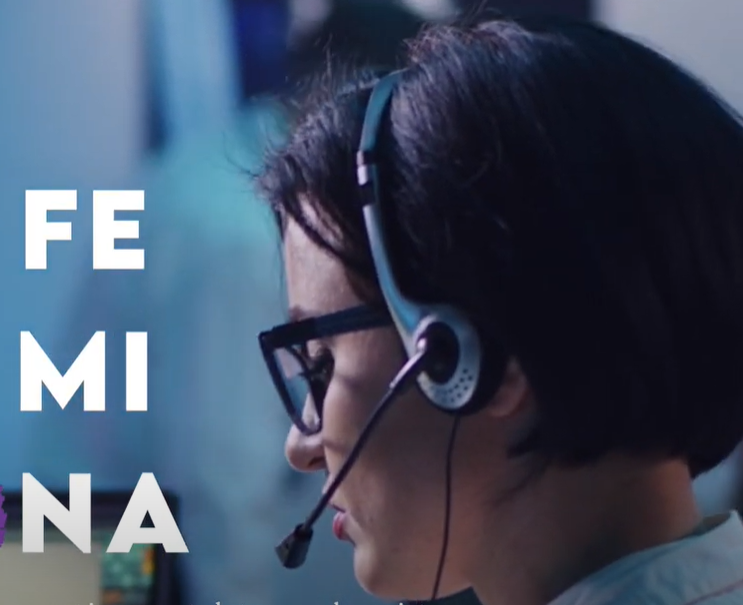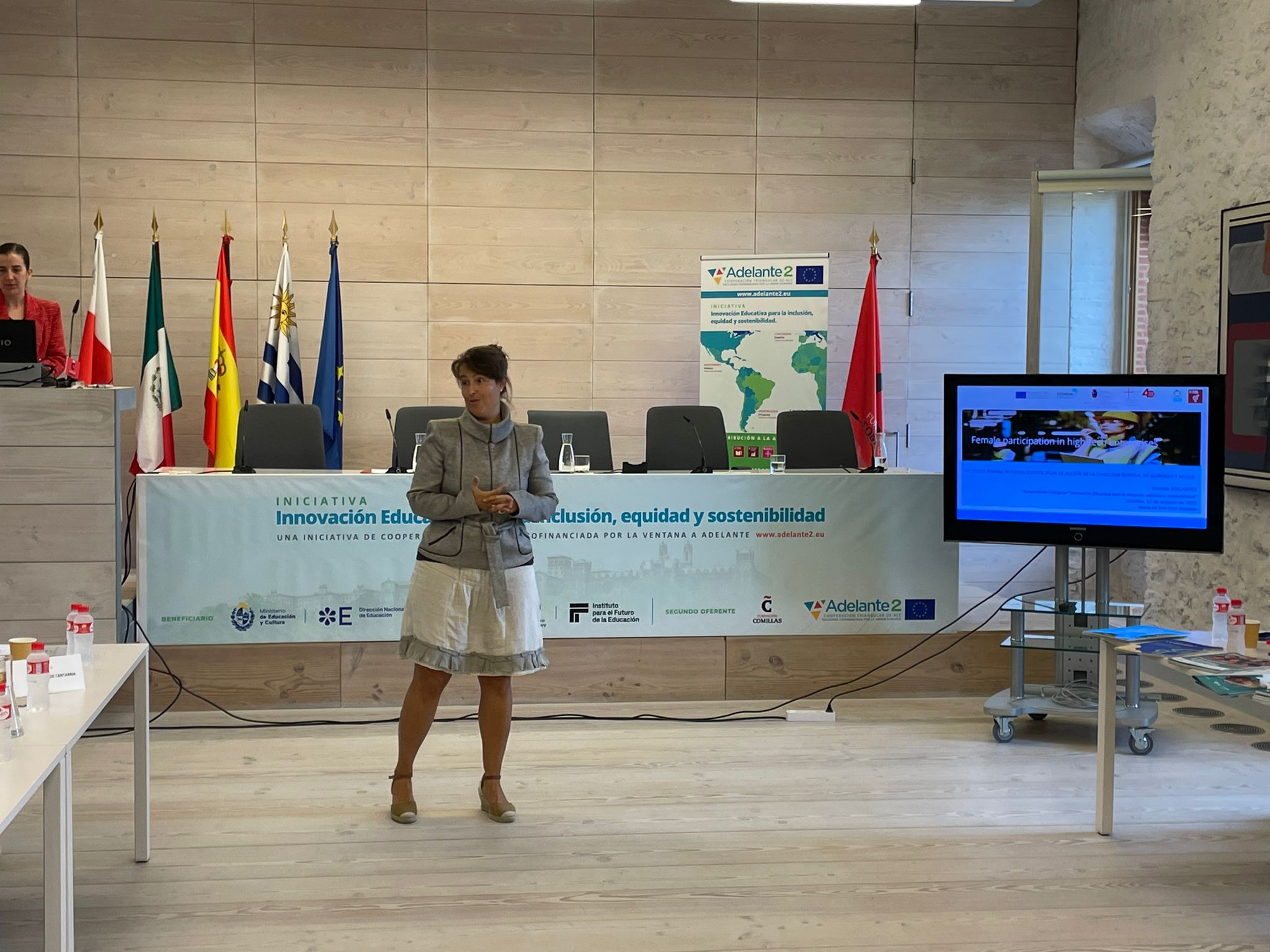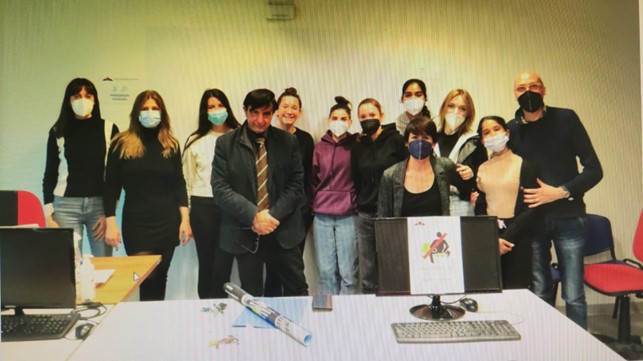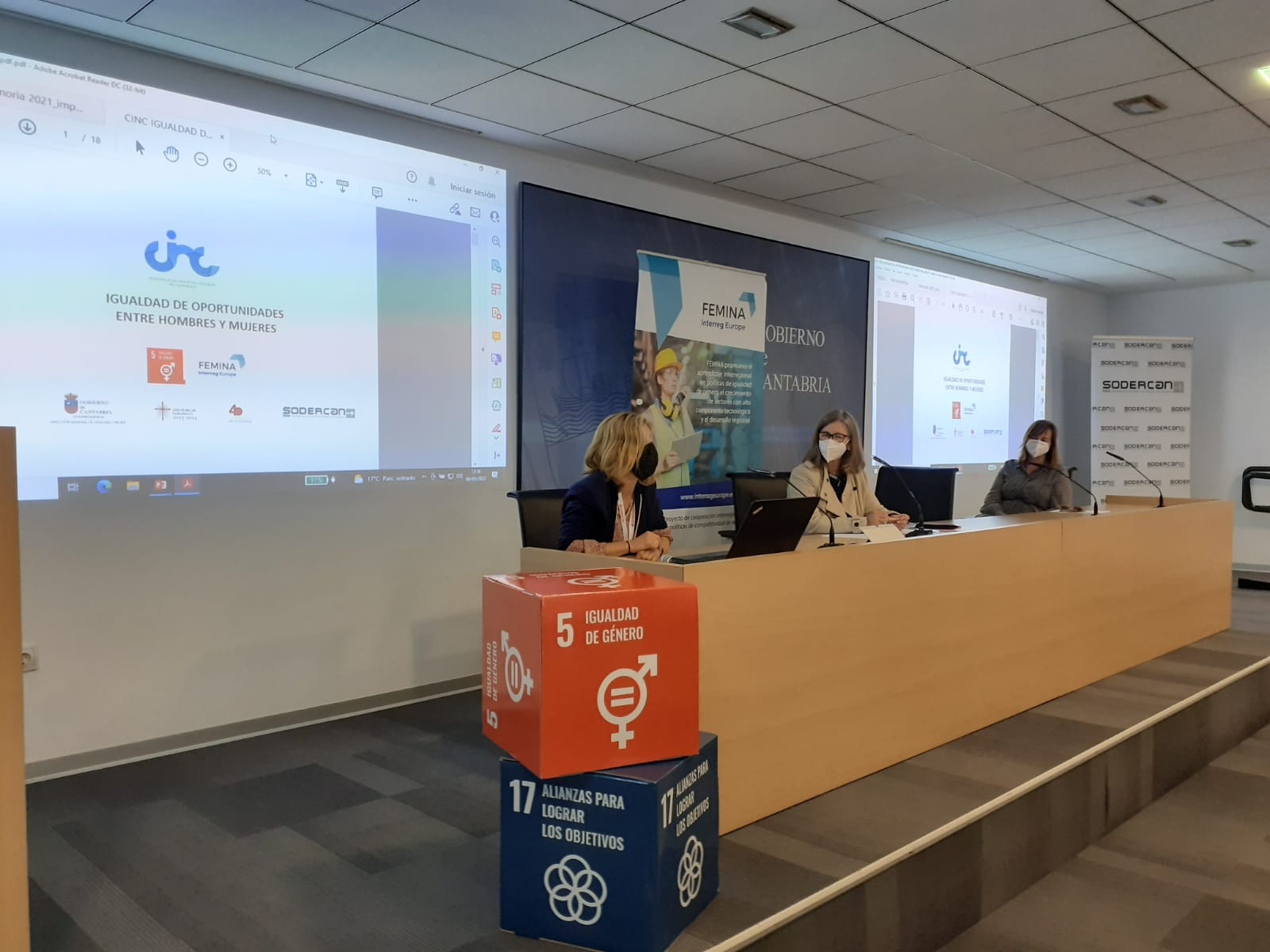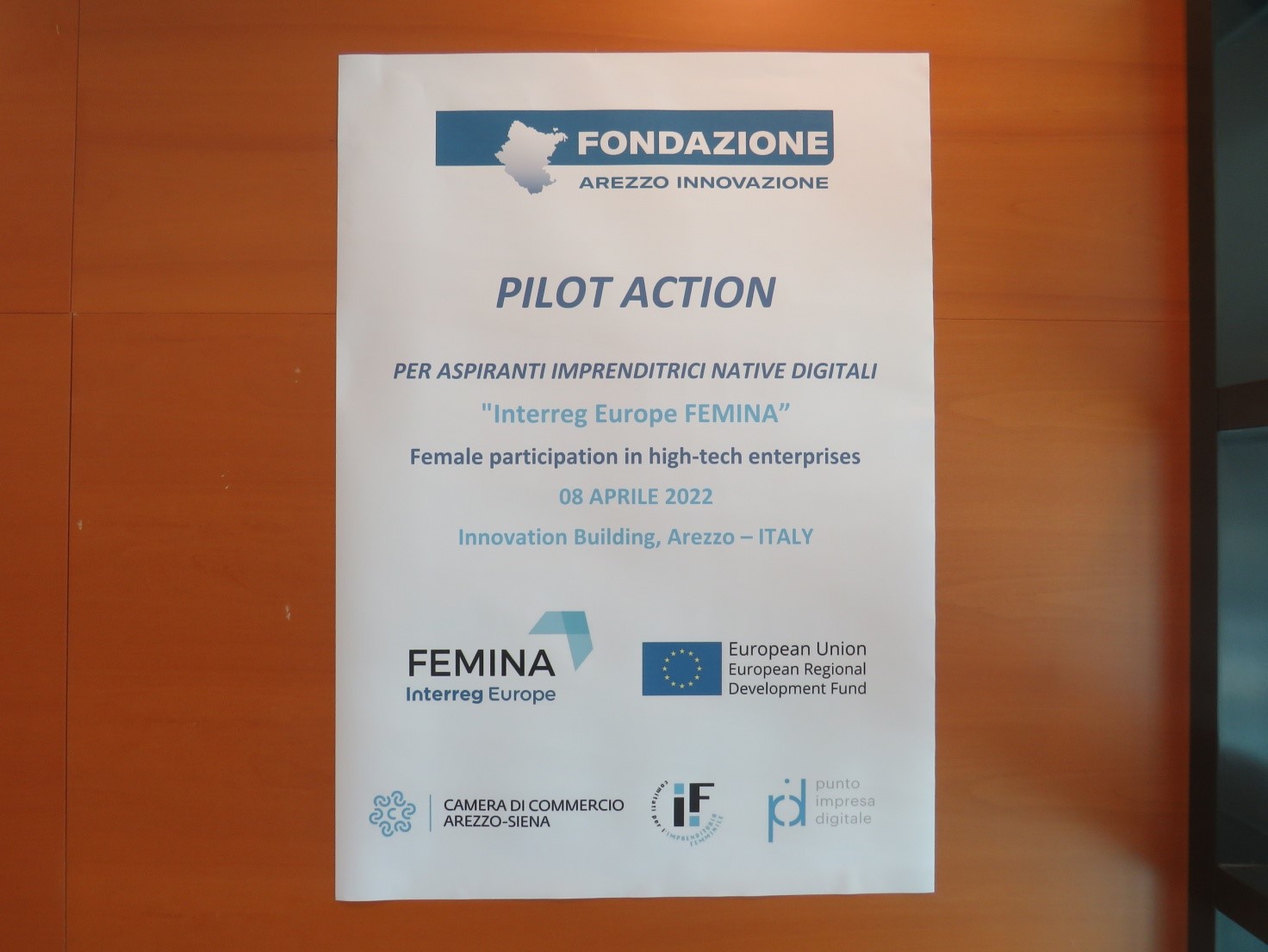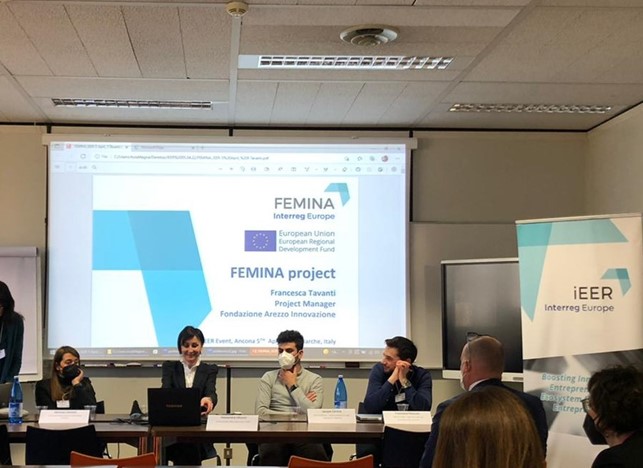As part of the project progress, FEMINA prepared the project's second joint report on understanding solutions. The report aims to gather and analyze the solutions identified by FEMINA partners to address the barriers affecting the three FEMINA subtopics, namely Entrepreneurship, Employment and career progression in high-tech SMEs, and the Gender Dimension of innovation. The joint reports support the regional work on Action Plans and help to share results.
Project phases
The first joint report focused on the first phase of the project, where exchange and learning activities at the regional and interregional levels focused on the identification of barriers. This report represents the subsequent phase of the project which aims to understand how to overcome such barriers by identifying possible solutions (Good Practices – GPs) that have already proven successful in a given territory and that could be transferred into other regions.
Methodology
The chosen methodology to select and share solutions was designed with two objectives in mind. First and foremost, the methodology aims to facilitate partners’ work in identifying and exchanging results. Secondly, the methodology is designed to produce comparable results, with clear links to the barriers identified under the three FEMINA subtopics.
The “Understanding Solutions Input Template” was shared as a tool to understand and identify solutions related to policy measures that can support female engagement in high-tech sectors. The template consisted of three tables, to be completed at different times. The first table's objective was to start identifying potential GPs that address the three FEMINA sub-topics. The second table was used to collect specific details on the identified GP's and was designed to help other partners and stakeholders understand whether the GP was relevant to their region. Finally, table three was the most detailed table, serving as a practical tool for those interested in transferring a GP. In addition to providing a detailed description of the GP (including stakeholders to involve, financial aspects, etc.), partners were requested to explain why the solution could be considered as a successful experience, which factors must be taken into account before adopting it and what room for improvement still exists.
Based on the templates completed by the partners, the Lead Partner created a grid to allow partners to select the GPs to be presented during the transfer workshop at Convention three in Grimstad. The selected GPs were presented at the convention, allowing partners to assess each GP in relation to their regional context. This exercise allowed partners to understand the difference between a successful experience and a GP and to self-assess the potential to transfer a given GP from another area. In this assessment, partners were given a range of questions to help them evaluate whether the GP was suited for their regional context. Ideally, this work was going to continue at the fourth convention in Santander with the GP owners present to answer questions, but due to Covid-19 the work had to take place in virtual form.
The selected GPs can be found on the FEMINA website.
Next steps in FEMINA
The work done to identify and exchange GPs plays an essential role within the FEMINA project. The following semesters will aim to further identify qualitative elements for the characterization of GPs, context analysis, an illustration of activities carried out in practice and directed towards a defined target, representation of the main obstacles encountered in the implementation phase and the factors which contributed to the achievement of the objectives set, and the lessons learned, to be considered as the basis for the possible replicability of the experience.
